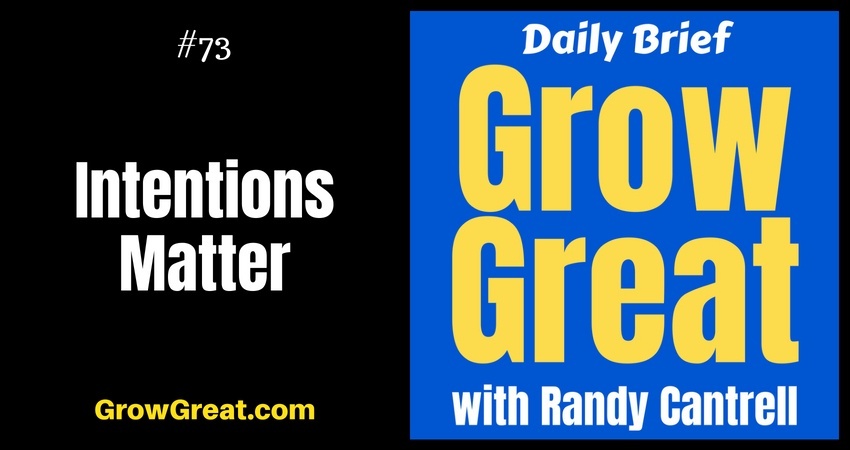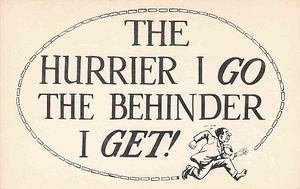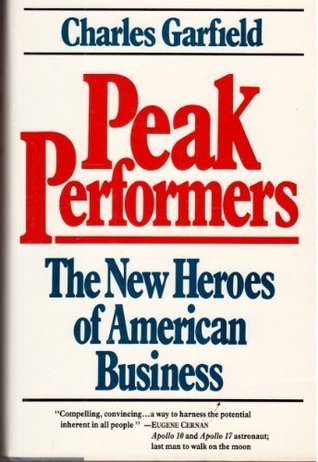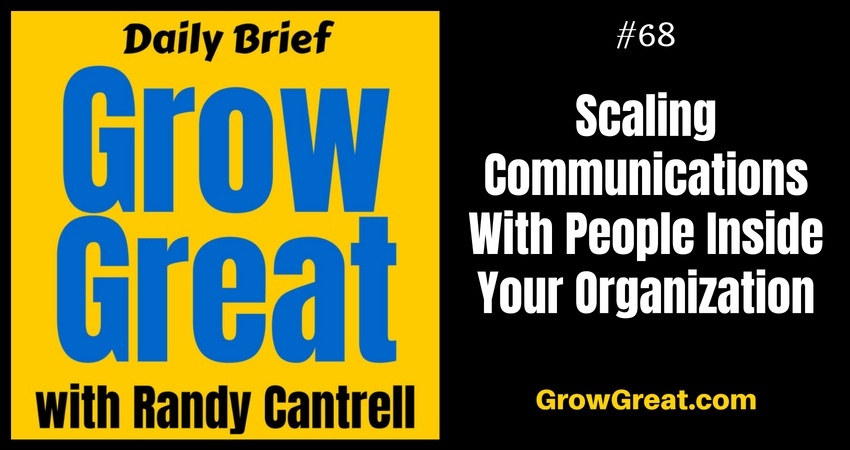Intentions Matter – Grow Great Daily Brief #73 – August 31, 2018
Podcast: Play in new window | Download (Duration: 7:46 — 8.3MB)
Subscribe: Apple Podcasts | Spotify | Email | RSS | More

Intentions matter.
Senator John McCain will lie in state at the Capitol in Washington today. However you may have felt about him, or his politics, you have to tip your hat to the man’s intentions. By almost all accounts, he was a man of principles and integrity. Maybe the biggest proof was when he was captured in Viet Nam as a young Navy pilot and refused to be set free because he wanted to honor the code of first captured, first freed.
McCain wrote a farewell letter that you should read. It reveals the man’s heart and the intentions of his life. True confession. I’ve not been diagnosed with any dreaded disease, but thoughts of death compelled me to write my own farewell letter about a decade ago. I update it every whip stitch. It’s in a DropBox that my wife and I share. She gets a notification every time I update it. Sometimes my intentions change a bit.
“My fellow Americans, whom I have gratefully served for 60 years, and especially my fellow Arizonans,
Thank you for the privilege of serving you and for the rewarding life of service in uniform and service in public office has allowed me to lead. I have tried to serve our country honorably. I have made mistakes, but I hope my love for America will be weighed favorably against them.
I’ve often observed that I’m the luckiest person on earth. I feel that way even now as I prepare for the end of my life. I’ve loved my life, all of it. I’ve had experiences, adventures, friendships enough for 10 satisfying lives, and I am so thankful. Like most people, I have regrets. But I would not trade a day of my life, in good or bad times, for the best day of anybody else’s.
I owe this satisfaction to the love of my family. No man ever had a more loving wife or children he was prouder of than I am of mine. And I owe it to America. To be connected to America’s causes — liberty, equal justice, respect for the dignity of all people — brings happiness more sublime than life’s fleeting pleasures. Our identities and sense of worth are not circumscribed but are enlarged by serving good causes bigger than ourselves.
Fellow Americans, that association has meant more to me than any other. I lived and died a proud American. We are citizens of the world’s greatest Republic, a nation of ideals — not blood and soil. We are blessed and are a blessing to humanity when we uphold and advance those ideals at home and in the world. We have helped liberate more people from tyranny and poverty than ever before in history, and we have acquired great wealth and great power in the process.
We weaken our greatness when we confuse our patriotism with tribal rivalries that have sown resentment and hatred and violence in all the corners of the globe. We weaken it when we hide behind walls rather than tear them down, when we doubt the power of our ideals rather than trust them to be the great force for change they’ve always been. We are 325 million opinionated vociferous individuals. We argue and compete and sometimes even vilify each other in our raucous public debates. But we have always had so much more in common with each other than in disagreement. If only we remember that and give each other the benefit of the presumption that we all love our country, we will get through these challenging times. We will come through them stronger than before. We always do.
Ten years ago, I had the privilege to concede defeat in the election for president. I want to end my farewell to you with heartfelt faith in Americans that I felt so powerfully that evening. I feel it powerfully still. Do not despair of our present difficulties. We believe always in the promise and greatness of America, because nothing is inevitable here. Americans never quit, we never surrender, we never hide from history. We make history. Farewell, fellow Americans. God bless you and God bless America.”
We judge people by their intentions and actions. McCain had honorable intentions. So much so that even his critics are mostly able to judge his actions as honorable.
I know the road to Hell is paved with good intentions, but so is the road to Heaven. The difference is, the road to Heaven is paved with good intentions that were acted upon.
Cason is my 3-year-old grandson. He’s bold. Mostly fearless. But he can be easily embarrassed. We attend worship services at church three times a week. Twice on Sundays and once on Wednesday evenings. He sits with my wife and me Sunday afternoons and Wednesday nights. This past Wednesday night, while my son was up preaching (Cason’s dad), Cason was misbehaving. I got onto him and he immediately hung his head in shame as I plopped him onto my lap. I let him be embarrassed for a few minutes before distracting him with the watch on my wrist. He’s only 3, but you can tell by his facial expression and body language…he knows my intentions are for his welfare.
Little kids know. Our pets know. Everybody knows. Or thinks they do.
Your intentions matter.
Make them honorable. Be well-intended. Pursue the best outcome for the people you serve, the people you love. Pursue the best outcome for the causes you care about most. Seek the welfare of others, even if it costs you something. And it will. But it’s worth the investment.
Your judgment of the intentions of others matters.
What if you think the worst of somebody else…and you’re wrong? What if you think the best of somebody else…and you’re wrong?
It’s like the choice between pessimism and optimism. There’s just no downside to optimism. So choose optimism. Choose to think the best. Give others the benefit of the doubt when you’re judging their intentions. There’s no downside. And if you find a downside, it won’t negate all the upside.
John McCain’s critics may not have agreed with his conclusions, his specific goals, his approach or a host of other actions. People – reasonable people who are well-intended – can still disagree without being disagreeable.
Teddy Roosevelt said, “Nobody cares how much you know until they know how much you care.”
We can all do a much better job of letting the people who surround us know how much we care about them. Even if we do sometimes disagree.
It’s Labor Day Weekend. Monday is a holiday. I’m thinking of starting my “every-so-often” social media fast, but I’m not sure. If you don’t hear from me next week, you’ll know why. And you’ll know my intentions are to return and keep doing my best to help you out, even if it is just a few minutes every day.
Be well. Do good. Grow great!

Listen to the podcast
Intentions Matter – Grow Great Daily Brief #73 – August 31, 2018 Read More »






 In 1986 Charles A. Garfield published a book entitled, Peak Performers: The New Heroes of American Business. I was a big fan of his work and leaned on it heavily at the time. It helped form some of my foundational philosophies in helping people achieve higher performance. Garfield talked about the early NASA years and President Kennedy’s challenge to put a man on the moon before the decade of the 60’s ended. The NASA engineers were quite young. Nobody had ever gone to the moon before, much less put a man there. And returned him home again. It continues to be a bar setting daring innovation even today in 2018. Many of those people have held to the declarations they made as young people, “It was the best work of their lives.”
In 1986 Charles A. Garfield published a book entitled, Peak Performers: The New Heroes of American Business. I was a big fan of his work and leaned on it heavily at the time. It helped form some of my foundational philosophies in helping people achieve higher performance. Garfield talked about the early NASA years and President Kennedy’s challenge to put a man on the moon before the decade of the 60’s ended. The NASA engineers were quite young. Nobody had ever gone to the moon before, much less put a man there. And returned him home again. It continues to be a bar setting daring innovation even today in 2018. Many of those people have held to the declarations they made as young people, “It was the best work of their lives.” 

